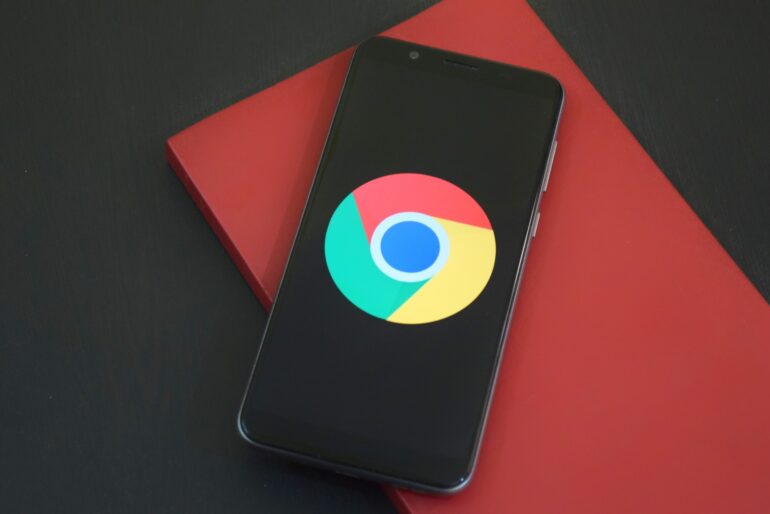TL;DR:
- Google’s Lookout app for Android is introducing an “image question and answer” feature that uses AI to provide descriptions of images without captions.
- The feature allows users to ask questions about images and receive detailed responses, enhancing accessibility for individuals with blindness and low vision.
- Google Maps is expanding wheelchair-accessible labels, enabling users to identify step-free entrances and making navigation easier for wheelchair users and parents with strollers.
- Live Caption for calls allows users to type responses that are read aloud to recipients, improving communication for individuals with hearing impairments.
- Chrome on desktop and mobile can now detect URL typos and suggest alternatives, enhancing browsing efficiency.
- Wear OS 4 will include faster and more consistent text-to-speech capabilities, improving the usability of wearable devices.
- Google’s emphasis on AI technology has led to significant advancements, with the Lookout app’s image question and answer feature being particularly useful for individuals with visual impairments.
- The introduction of AI-powered features has the potential to enhance independence and empower users with vision issues to interact with the world more effectively.
Main AI News:
In a significant move towards accessibility, Google has introduced an innovative application of artificial intelligence (AI). The tech giant is rolling out an updated version of its Lookout app for Android, incorporating a groundbreaking “image question and answer” capability powered by DeepMind-developed AI. This advanced feature enables users to obtain comprehensive descriptions of images lacking captions or alt text.
By simply posing a query, either through typing or voice commands, individuals can gain additional insights about the content of an image. For instance, if a user spots a playful dog, they can inquire about its demeanor. To ensure optimal testing and feedback, Google has chosen a select group of individuals with blindness and low vision to participate in the trial phase, with plans to expand access to a broader audience in the near future.
Moreover, Google is leveraging its technological prowess to enhance mobility and inclusivity. Specifically, the company is expanding the availability of wheelchair-accessible labels on Google Maps, enabling individuals to identify locations with step-free entrances before venturing out. This invaluable feature not only empowers wheelchair users but also benefits parents pushing strollers, making it easier for them to navigate their surroundings.
In the event that a particular venue lacks a wheelchair-friendly entrance, users will be promptly alerted, along with information on alternative accommodations such as wheelchair-ready seating. Armed with these details, users can make informed decisions about their destination, ensuring a hassle-free journey.
While the aforementioned updates are undoubtedly beneficial, Google recognizes that a few smaller enhancements can go a long way. For instance, the introduction of Live Caption for calls allows users to respond by typing, with their messages being read aloud to recipients. This functionality is particularly useful for individuals with hearing impairments, as it facilitates seamless communication during phone conversations.
Furthermore, Chrome on desktop and soon on mobile, has implemented a feature that identifies URL typos and suggests alternative options. This small yet practical improvement aims to enhance the browsing experience by minimizing errors and increasing efficiency. Additionally, as previously announced, the upcoming release of Wear OS 4 will introduce faster and more consistent text-to-speech capabilities, further augmenting the usability of wearable devices.
Conlcusion:
The integration of AI-driven accessibility features by Google, such as the image question and answer functionality and wheelchair-accessible labels on Google Maps, signifies a significant step forward for the market. These advancements address the needs of individuals with disabilities, promoting inclusivity and enhancing their overall user experience. By leveraging AI technology to provide detailed descriptions of images and improve navigation options, Google is positioning itself at the forefront of the accessibility market.
Furthermore, the introduction of features like Live Caption for calls and URL typo detection demonstrates Google’s commitment to optimizing user interactions across various platforms. These developments are likely to have a positive impact on the market as they cater to a growing demand for inclusive and user-friendly technologies. As other companies observe these advancements, we can expect increased competition and innovation in the accessibility sector, driving further improvements and offering new opportunities for businesses to serve diverse user needs.

